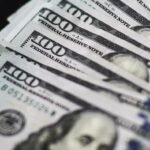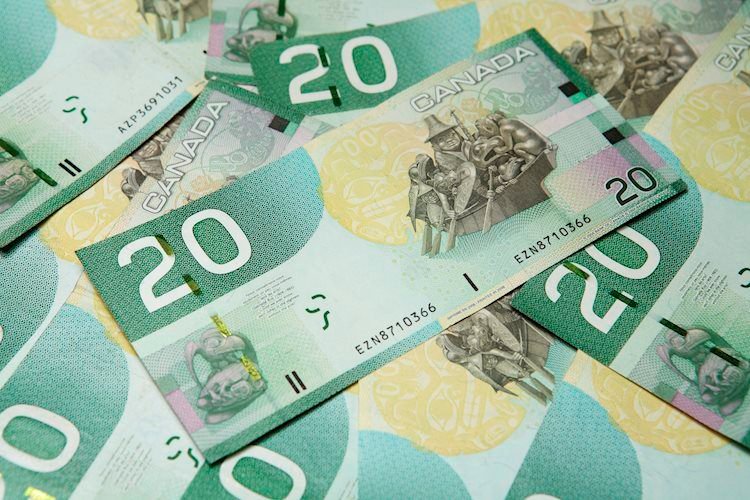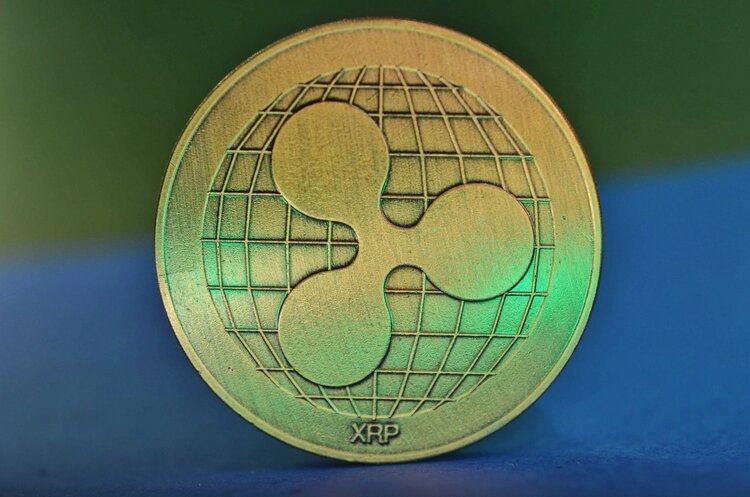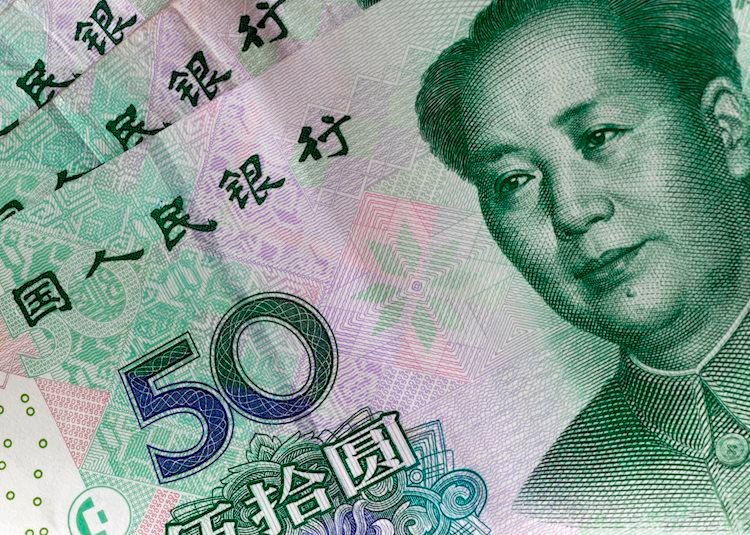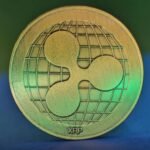- Durable Goods orders from February came in better than expected.
- Housing data showed some signs of weakness.
- PCE figures from February to be released on Friday will be the week’s highlight.
The US Dollar Index (DXY) is hovering around 104.20, trading with mild gains against its rivals on Tuesday. After Durable Goods and Housing market data, the USD remains stable as markets await fresh drivers to continue placing their bets on the next Federal Reserve (Fed) decisions.
The US economy is on a delicate path with inflation remaining sticky and economic activity showing some weakness. Jerome Powell confirmed the bank’s persistence in not overreacting to hot inflation figures from the start of the year while the bank didn’t change its interest rate projections from 2024. The start of easing is still seen starting in June, but incoming data will continue dictating the timing.
Daily digest market movers: DXY mildly up ahead of PCE figures, markets digest mid-tier reports
- The economic report by S&P Dow Jones Indices showed that the S&P/Case-Shiller Home Price fell by 6.6% on a yearly basis in January, slightly lower than expected.
- The House Price Index reported by the Federal Housing Finance Agency (FHFA) in January saw a slight dip of 0.1% in the same month.
- The US Census Bureau reported that Durable Goods Orders increased by 1.4% MoM in February, outperforming the consensus of 1.1% and showing a significant improvement from the previous drop of 6.9%.
- The headline Personal Consumption Expenditures (PCE) is expected to have risen by 2.5% YoY, while the core measure is seen coming in at 2.8%. The outcome of the Fed’s preferred gauge of inflation will dictate the pace of the USD for the short term.
DXY technical analysis: DXY bullish momentum softens, outlook still bright
On the daily chart, the Relative Strength Index (RSI) paints a picture of flat momentum, suggesting a tie between buying and selling pressure. Simultaneously, the Moving Average Convergence Divergence (MACD) offers a flat trajectory with green bars, indicating a stagnation in buying power, which might be a sign of bulls taking a breather.
Despite the short-term sluggishness, the scene over a wider time horizon appears encouraging. The DXY is well-positioned above the 20, 100, and 200-day Simple Moving Averages (SMAs), a strong sign of the bulls’ sizable control and an overall bullish tendency.
To add more context, the market is coming off a successful 1% winning week, which could explain the current pause in upward momentum. Traders could use this breather to re-assess the market and potentially find new entries for a continued bull trend.
Fed FAQs
Monetary policy in the US is shaped by the Federal Reserve (Fed). The Fed has two mandates: to achieve price stability and foster full employment. Its primary tool to achieve these goals is by adjusting interest rates. When prices are rising too quickly and inflation is above the Fed’s 2% target, it raises interest rates, increasing borrowing costs throughout the economy. This results in a stronger US Dollar (USD) as it makes the US a more attractive place for international investors to park their money. When inflation falls below 2% or the Unemployment Rate is too high, the Fed may lower interest rates to encourage borrowing, which weighs on the Greenback.
The Federal Reserve (Fed) holds eight policy meetings a year, where the Federal Open Market Committee (FOMC) assesses economic conditions and makes monetary policy decisions. The FOMC is attended by twelve Fed officials – the seven members of the Board of Governors, the president of the Federal Reserve Bank of New York, and four of the remaining eleven regional Reserve Bank presidents, who serve one-year terms on a rotating basis.
In extreme situations, the Federal Reserve may resort to a policy named Quantitative Easing (QE). QE is the process by which the Fed substantially increases the flow of credit in a stuck financial system. It is a non-standard policy measure used during crises or when inflation is extremely low. It was the Fed’s weapon of choice during the Great Financial Crisis in 2008. It involves the Fed printing more Dollars and using them to buy high grade bonds from financial institutions. QE usually weakens the US Dollar.
Quantitative tightening (QT) is the reverse process of QE, whereby the Federal Reserve stops buying bonds from financial institutions and does not reinvest the principal from the bonds it holds maturing, to purchase new bonds. It is usually positive for the value of the US Dollar.






